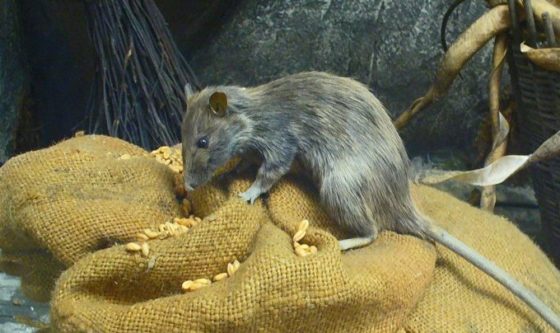Last Call For Stripers: How to Catch Striped Bass in Winter

When I was in my teens, Thanksgiving largely marked the end of the saltwater striper season in New Jersey. That’s not to say there weren’t opportunities beyond that, but well before Christmas it often felt like missions to the surf were more of a hope and a prayer than a sure thing. That’s changed.
Throughout much of the stripers’ coastal range, many factors have extended the peak season well beyond Turkey Day. Warming oceans, regulations that have created an uptick in striper forage, and milder winters that make fishing tolerable for more anglers have all helped extend the season. But, the bite is still finite. There will come a time when it’s over and all the migrating fish have made their way to southern wintering grounds. So if you’re an oceanside angler operating between Long Island in New York and northern Maryland, here are a few tips on how to catch striped bass in winter.
What’s the Water Temp
Striped bass are happiest in water temperatures ranging from 55 to 68 degrees. Within this span they are the most active. However, they’ll still tear it up pretty hard in water ranging from 54 to 48 degrees. With that in mind, monitoring the sea surface temperature in the area you’re fishing is the key to success. You can do so via the National Oceanic and Atmospheric Administration’s website, though you’ll often get more accurate readings from tackle shop websites and surfing websites that are based closer to where you’ll be fishing.
If the water close to shore is 48 degrees or higher, there is every reason to expect a strong number of stripers to still be in the area — assuming there’s a food source. Between 48 and 45 degrees, windows of opportunity will get more fleeting, though I’ve experienced some incredible bites in 45-degree water. Over the last few years, water temperatures in the Mid-Atlantic have stayed in the 50s through early December, which has kept the action hot almost until Christmas.
Scale Down
Larger migratory striped bass tend to move down the coast first. At the height of the fall season, anglers can experience an incredible mix of fish weighing 40 pounds or more to 20-inch schoolies feeding in proximity. As the ocean cools, though, it’s the smaller bass that tend to stick around longer. Late-season pursuits in the northern part of striper range may not produce as many trophy fish, but the numbers landed in a single day can be incredible.
One reason the smaller bass stick around is because sand eels become the primary forage. These small, skinny, silver fish exist from a few miles offshore right to the beach in massive schools into the coldest months. When larger forage like menhaden have moved south for the year, throwing big lures can be a waste of effort. This time of year, slim metal lures like the Deadly Dick or Diamond Jig reign supreme. Whether you’re casting them in the surf or jigging them from a boat, it’s wise to add a teaser approximately 12 inches up the leader ahead of the metal via a long dropper loop. Any light, slender soft-plastic lure can be effective, but a Deceiver fly is one of the most popular teaser choices. It adds no weight or resistance to the rig, and often outfishes the larger metal below.
Read Next: Best Baits for Striped Bass
Meet the Residents
First, it’s important to point out that in several states throughout the range of migratory striped bass, the back bay season closes from Jan. 1 to March 1. Prior to that closure, however, inlets and sheltered bays offer some of the best shots at late-season stripers. These tend to be the resident fish that do not follow the bulk of the population south. Quite often, these are smaller bass not old enough to migrate yet, but despite their size, they are very fun to target with light tackle and often more willing to eat that the stragglers running down the coast.
Thanks to the dark, mud bottoms in many bay systems, the water here will remain warmer than the ocean temperature for longer. It’s also shallower, which means the winter sun or shelter from offshore wind can also positively affect the temperature. Focus your efforts during an outgoing tide when the outbound flow is drawing warmer water from deeper in the bay toward structures like undercut sod banks, bridge pilings, and jetties closer to the ocean.
Read the full article here







